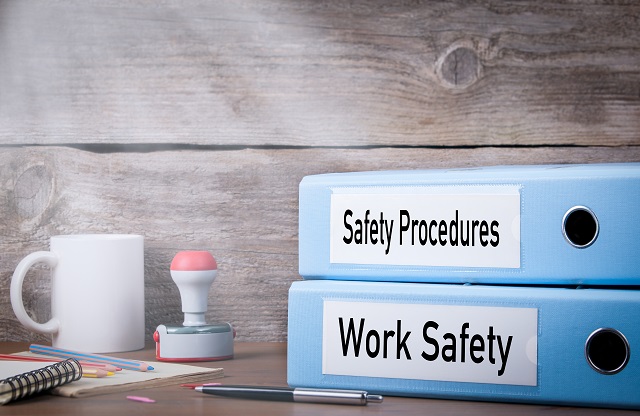Whether in a small business or a big conglomerate, every employer has the responsibility of ensuring employee safety and wellbeing in the workplace. Thus, it’s crucial for business owners or managers to design an office, shop, or factory that has policies and practices that’ll safeguard everyone’s health, not just the customers, but the employees, too.
To help guide you on what to do, here are the top tips for fostering a safe and injury-free workplace:
- Maintain A Clean Working Environment
Slips and falls are common accidents in any workplace. One way to prevent them is by maintaining clean work areas. You can minimize accidents by ensuring everything is kept in its proper place.
Anybody can trip on boxes that block the hallway, or someone can slip because of tangled cords. During winter, front steps should be kept free from water and snow to prevent falling on ice injuries. Such accidents can result in a broken neck, fractured arms, and, possibly, a whole lot of legal problems that you can avoid by just keeping things clean and clutter-free.
- Keep Safety Devices And Gear Available
Injuries can affect workers’ lives and the business. That’s why companies must ensure safety devices are available in the workplace. So, even if you have a small office, you need to have fire extinguishers and emergency first aid kits.
Suppose your business is in construction, manufacturing, and other sectors that can be considered hazardous. In that case, you must provide your employees with full safety gear and protective equipment to keep them safe while performing their duties. Gloves, earmuffs, goggles, helmets, safety boots, and proper tools are few examples of protective devices and gear you must invest in, depending on your industry.
- Train, Educate, And Empower Employees About Safety
To ensure a successful safety strategy in the workplace, you can include OSHA-based safety guidelines when training your employees or as part of their onboarding. Everyone should know where medical kits, fire extinguishers, and other safety devices are kept and stored, and everyone should know how to use them.
When workers need to handle machinery or work in a hazardous environment, such as a construction site, they need to undergo comprehensive safety training to prevent injury and, at the same time, equip them with information on how to respond to problems, accidents, and other catastrophes. Empowering your employees via training and education is the key to a safer working environment.
- Perform Regular Occupational Health And Safety Assessments
Companies should regularly assess their health and safety protocols. With the recent pandemic, authorities have imposed new health and hygiene standards, so companies need to consider and include these new guidelines in their health and safety rulebook. Companies must also consider a third-party audit or assessment every few years to prevent workplace injuries and accidents. The benefits of periodic audits far outweigh the upfront costs. You don’t want to pay hefty legal fees due to accidents and injuries because you failed to discover or address safety issues in the workplace.
- Install Clear Safety Labels And Signs
Signs and labels are effective and affordable ways to convey vital information to employees. Signs that warn of slippery floors, dangerous areas, or electric fences should be liberally installed in well-lit areas.
If you have workers that speak a foreign language, you might want to use labels in their native tongues, too, just to be on the safe side. Don’t rely on your workers’ memory because even experienced and long-time employees forget things. It would be better to use labels and signs to provide warnings about work hazards and dangers.
- Consider Giving Incentives
Do you want to encourage employees to follow company safety guidelines and health protocols? Consider rewarding them for goals met and good behavior. For example, in a construction site, give a small token to your workers if there have been zero workplace accidents within a pre-determined period. The incentive doesn’t have to be costly, and it doesn’t have to be monetary. An extra day off or free movie tickets should do the job.
- Be Open To Feedback And Suggestions
Don’t make it hard for employees to reach or talk to you about workplace health and safety issues. Also, don’t make employees feel that the concerns and problems being aired fall on deaf ears.
So, be open to dialogue and act on their suggestions promptly. For example, if someone tells you about a busted light in a hallway, don’t wait for a week before replacing the lights. Your immediate action on issues will tell workers that their concerns are significant to the management.
Final Thoughts
Remember that it’s your responsibility as an employer to provide your employees with a safe, healthy, and clean workplace. You have a legal liability for accidents and injuries that happen to employees while performing their duties. Should accidents occur in the workplace, it’s best to call doctors who specialize in treating workplace injuries.


